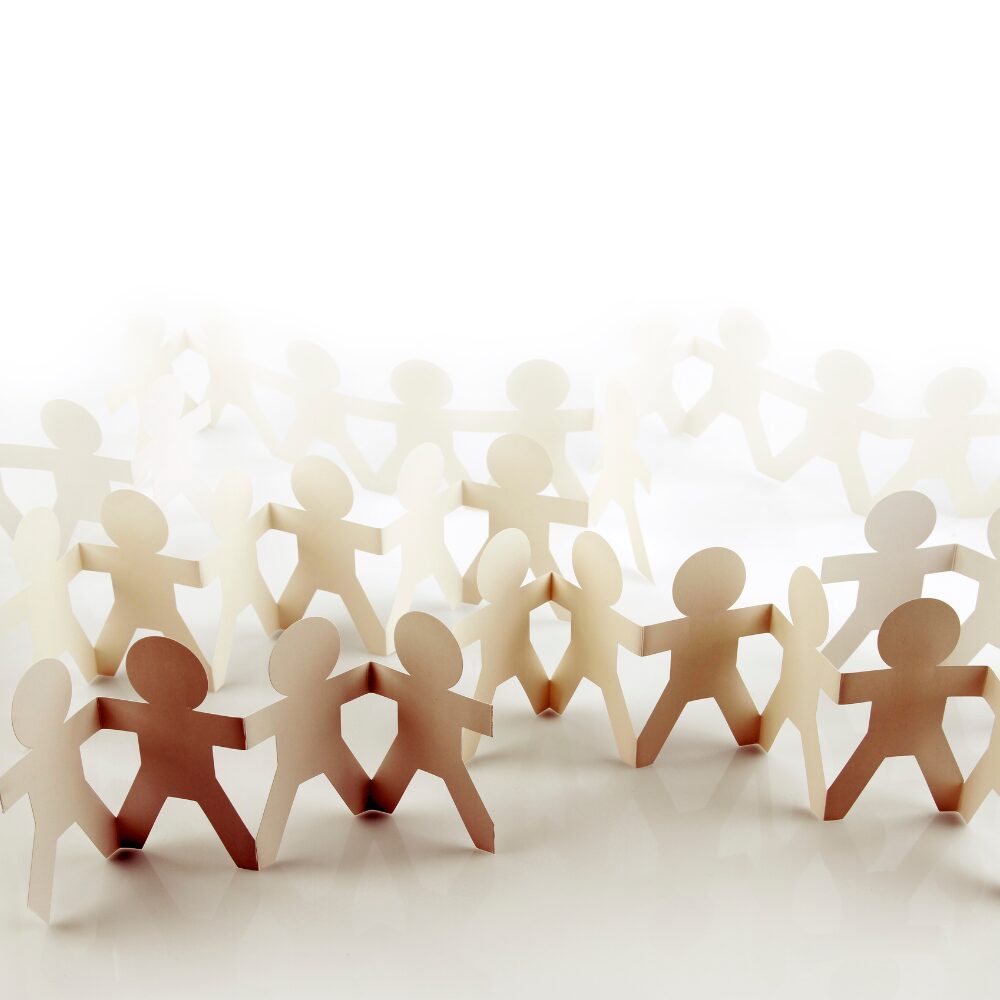Frequent falls among the elderly can be a concerning and challenging issue for both seniors and their caregivers. Despite efforts to implement preventive measures, such as ensuring a safe home environment and promoting regular exercise, some elderly individuals may continue to experience falls.
In this guide, we delve into the various factors to consider when addressing recurring falls among the elderly, including potential medical reasons, medication-related concerns, and strategies for fall prevention. Understanding how to manage and mitigate the risk of falls effectively is essential for promoting the safety, well-being, and independence of your elderly loved ones.
Why are the elderly at risk for falls?
As individuals age, various factors contribute to an increased susceptibility to falls. These include age-related changes in balance, muscle strength, and coordination, as well as underlying health conditions such as osteoporosis, arthritis, and vision impairment.
Additionally, environmental hazards within the home, such as slippery floors, poor lighting, and clutter, further elevate the risk of falls among the elderly. It’s crucial for carers and loved ones to recognise these risk factors and take proactive measures to prevent falls and ensure the safety and well-being of elderly individuals.
How to help an elderly person that has fallen
In the event that an elderly person falls while you’re present, it’s crucial to remain calm and encourage them to do the same. Here’s how you can help:
- Wait for the shock to subside before attempting to move them. Take this time to assess the situation and determine the cause of the fall.
- Ensure the area is safe before proceeding to prevent injury to yourself and the individual. Remove any hazards or obstacles that could pose a risk.
- If there are signs of a potential sprained, fractured, or broken limb, or if the individual complains of head, neck, or back pain, it may be best to leave them in place and call for an ambulance.
- If the individual lost consciousness or hit their head during the fall, it could indicate a head injury. In such cases, it’s important to call an ambulance immediately.
- Only attempt to move the individual if you are confident it can be done safely, as moving them incorrectly could exacerbate their injuries. If unsure, wait for medical assistance to arrive.
Symptoms to look for after a fall
After an elderly person experiences a fall, it’s important to remain vigilant for any signs of potential injury or complications, even if they appear unharmed. Some symptoms to watch for include:
- Ongoing or worsening pain in the hours and days following the fall.
- Indications of a head injury, such as loss of consciousness, confusion, dizziness, difficulty speaking, agitation, severe headache, or vomiting.
- Any new pain that develops that wasn’t present immediately after the fall.
If the elderly individual doesn’t require immediate medical attention, it’s still a good idea to schedule an appointment with a healthcare professional, preferably their GP, in the days following the incident. Prompt evaluation by a medical professional can help detect any hidden injuries, manage pain, and prevent further falls during the recovery process.
What to do if an elderly person keeps falling
If your elderly loved one continues to experience frequent falls despite preventive measures, it’s important to consider potential underlying medical reasons or medication-related issues that may be contributing to the falls. Consulting their GP can help identify and address any factors that could increase their fall risk.
Repeated falls not only pose a risk of injury but can also erode confidence and diminish quality of life. Fear of falling may lead to decreased activity and mobility, ultimately increasing the likelihood of further falls or declining health.
Prioritising fall prevention is essential for elderly individuals to maintain independence for as long as possible. Ensuring prompt access to help in the event of a fall can provide peace of mind for your entire family.
Consider options such as an elderly fall alarm, equipped with technology to detect hard falls and raise alerts automatically. We have a helpful article on choosing the best personal alarms for the elderly to guide you.
Medical reasons for experiencing falls
Falls among the elderly can often be attributed to various underlying medical conditions. Understanding these potential medical reasons is crucial for effectively addressing and preventing falls. Here are some common factors to consider:
- Balance and gait disorders: Conditions such as Parkinson’s disease, peripheral neuropathy, or vestibular disorders can affect balance and coordination, increasing the risk of falls.
- Muscle weakness: Age-related muscle loss, known as sarcopenia, or conditions such as arthritis can lead to weakness in the lower body, making it more challenging to maintain stability and prevent falls.
- Cardiovascular issues: Hypotension (low blood pressure), arrhythmias, or heart conditions can cause dizziness, lightheadedness, or fainting spells, increasing the risk of falls, particularly when standing up or changing positions.
- Neurological disorders: Conditions like stroke, dementia, or peripheral neuropathy can affect cognitive function, sensory perception, and motor skills, contributing to falls.
- Medication side effects: Certain medications, including sedatives, antidepressants, antihypertensives, and diuretics, can cause dizziness, drowsiness, or orthostatic hypotension, increasing the risk of falls.
- Vision impairment: Age-related vision changes, such as cataracts, glaucoma, or macular degeneration, can impair depth perception, peripheral vision, and overall visual acuity, making it more difficult to detect hazards and obstacles.
- Foot problems: Foot conditions like bunions, corns, or poorly fitting footwear can affect balance and mobility, increasing the risk of tripping or stumbling.
- Dehydration: Inadequate fluid intake can lead to dehydration, which can cause weakness, dizziness, and confusion, increasing the risk of falls.
How to prevent falls at home
Preventing falls among the elderly starts with creating a safe environment within the home. By implementing these preventive measures, caregivers can create a safer home environment for elderly individuals, reducing the risk of falls and promoting their overall well-being and independence.
Here are some essential tips to help reduce the risk of falls:
- Remove hazards: Clear walkways and living spaces of clutter, loose rugs, and electrical cords to minimise tripping hazards.
- Improve lighting: Ensure adequate lighting throughout the home, especially in hallways, staircases, and bathrooms, to help seniors see obstacles and navigate safely.
- Install handrails and grab bars: Install handrails along staircases and grab bars in bathrooms to provide stability and support when moving around.
- Secure carpets and rugs: Use non-slip mats or double-sided tape to secure carpets and rugs to the floor and prevent them from slipping.
- Arrange furniture thoughtfully: Arrange furniture to create clear pathways and ensure that chairs and tables are stable and easy to reach.
- Encourage exercise: Regular physical activity, including strength and balance exercises, can help improve muscle strength and coordination, reducing the risk of falls.
- Review medications: Some medications can cause dizziness or affect balance. Review medications with a healthcare professional to identify any potential side effects.
- Regular eye exams: Schedule regular eye exams to ensure seniors have optimal vision, which is crucial for navigating the home safely.
- Use assistive devices: Encourage using assistive devices such as canes, walkers, or mobility aids to provide additional support and stability.
How live-in care can help
We have provided care services throughout Oxfordshire and its surrounding counties for over 50 years. Located in the heart of Oxford, our reputation is built on high standards of live-in care, local expertise and an approach to care delivery that is trusted by families throughout our community and beyond.
Our live-in care services not only provide assistance with daily tasks and personal care but also focus on keeping the elderly safe and comfortable in their own homes. Our carers are trained to identify and address potential hazards within the home environment, such as slippery floors, cluttered pathways, or inadequate lighting, to minimise the risk of falls and accidents.
By fostering a safe and supportive living environment, we enable elderly individuals to maintain their independence and quality of life while receiving the care and assistance they need.
Talk to us about your live-in care needs
Call our friendly and approachable team today to see how we can help you and your family.





